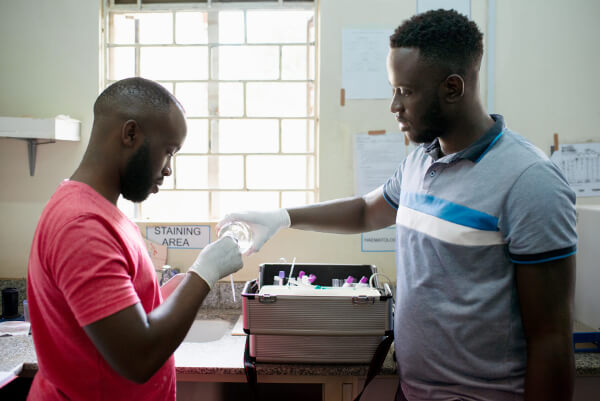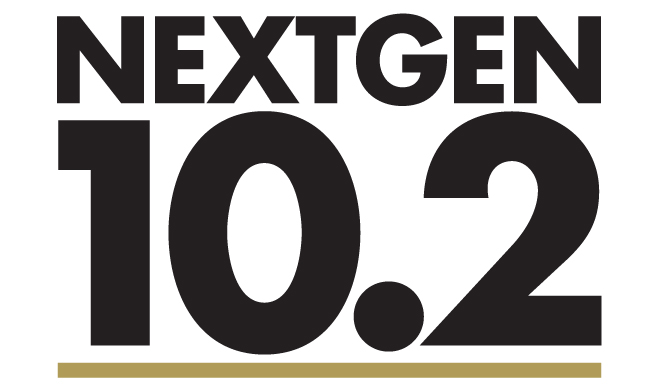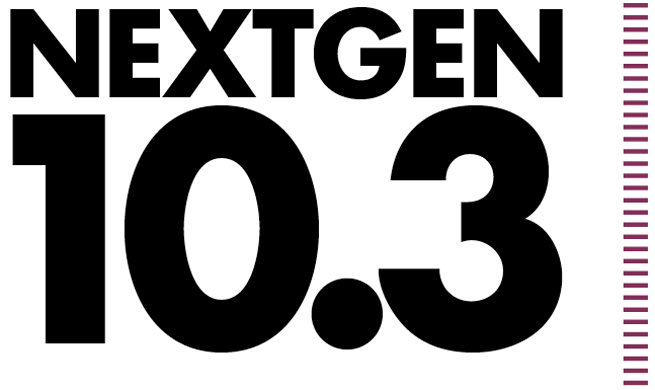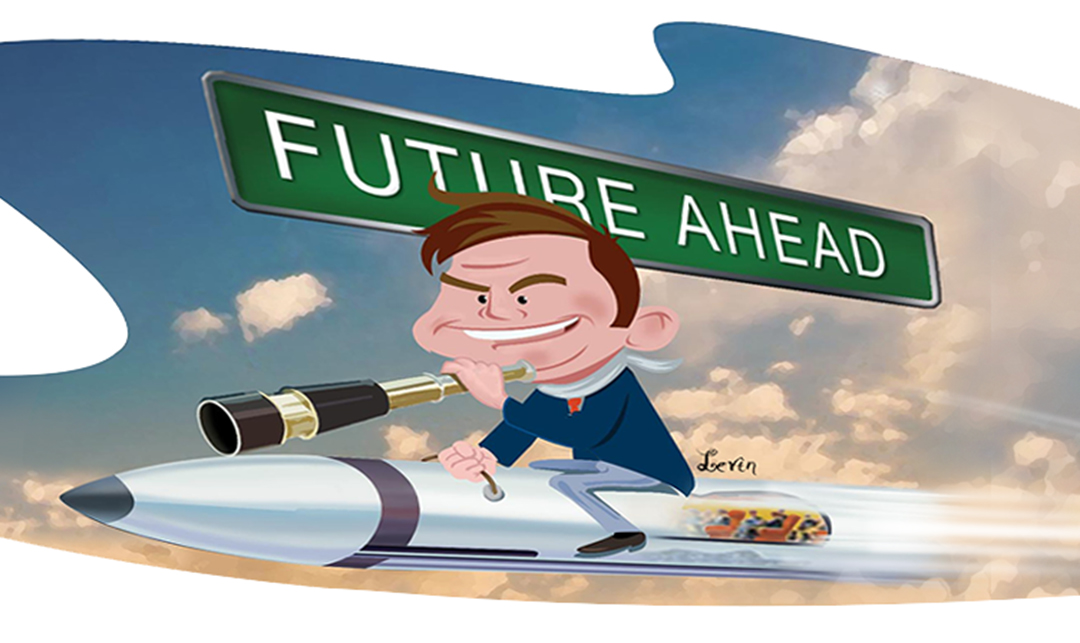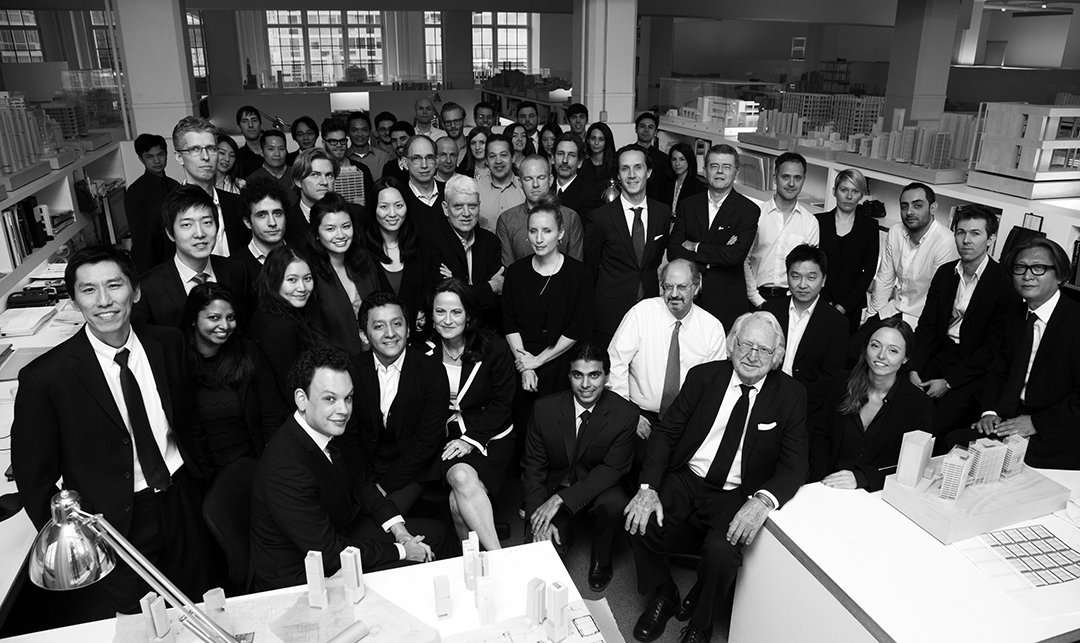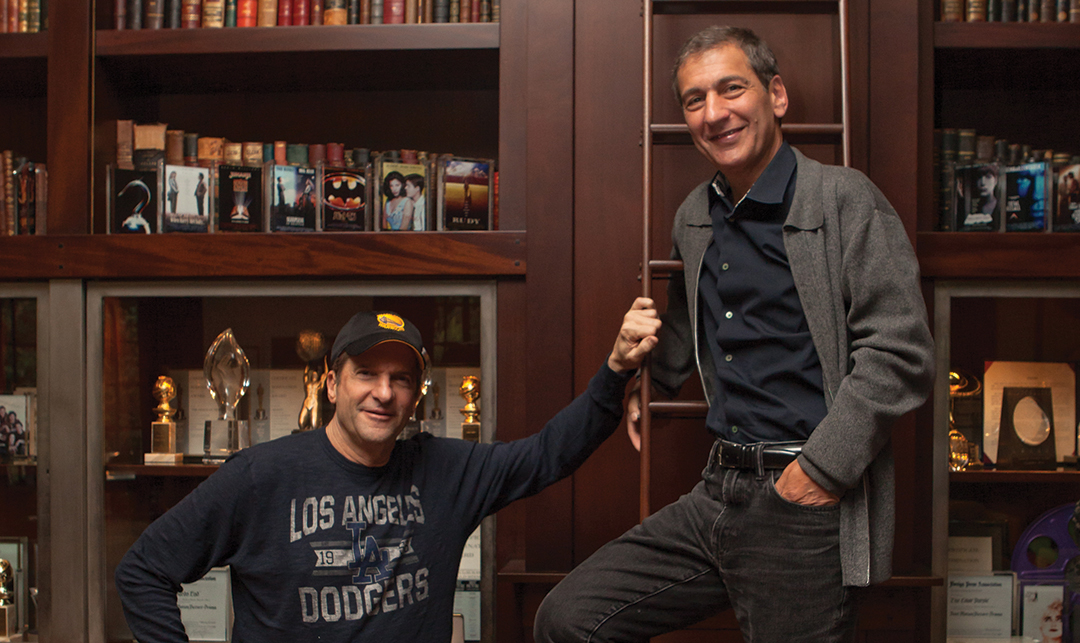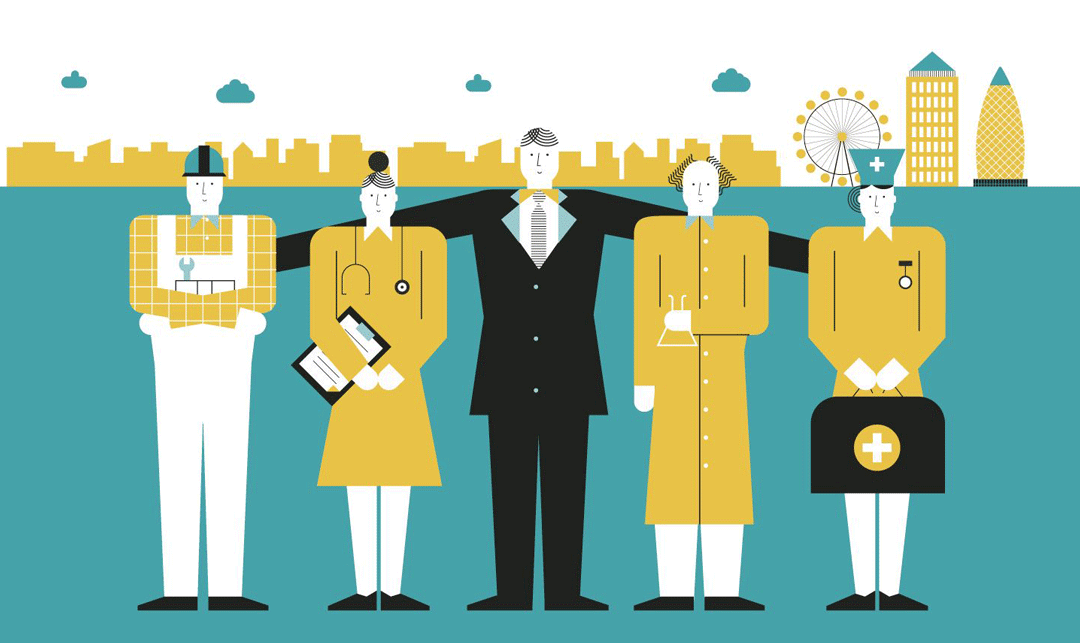As businesses navigate the complexities of post-pandemic work environments, we sought insights from CEOs and Founders on the transition back to office life. From cultivating a choice-based office culture to the belief that office brainstorming ignites innovation and belonging, discover the key lessons from twelve leaders on the resurgence of in-person workspaces.
CULTIVATE A CHOICE-BASED OFFICE CULTURE
Much like everybody of a particular generation who has spent more time in a traditional work pattern than in a hybrid one, the return to the office posed natural considerations and barriers from a personal perspective. “How do we get people to come back?”, “Why don’t they just come back and work from here?”, and “What are they doing all day?” are natural questions that arise—even from the most progressive leaders.
The biggest insight for leadership in looking to bring employees back to the office is to create the environment and culture that allows them to choose to do so on their own. And being comfortable with the reality that they might not, for many reasons that have nothing to do with you. Compliance only gets you so far. Choice is made by the individual, and when it comes to working from the office, it’s about whether the choice is to return to the office willingly or unwillingly. The latter often results in a resignation shortly afterward.
Jason Perelson, Partner, Synergy Group

TRUST-BASED FLEXIBILITY ENHANCES AUTONOMY
I’ve noticed that while employees do like working from the office since being back, they still appreciate having the option to work from home when needed. We have a hybrid working policy that allows employees to work remotely a couple of days a week if they choose.
By offering a flexible policy like this, my team doesn’t feel the constant pressure of needing to be physically present in the office all five days of the week, especially if the work can be done online. This makes the office feel less like a weekday prison and more like another working environment from which they can work.
By offering trust-based options like this when possible, leaders can build trust with their teams by giving them the autonomy to complete their work, regardless of the location they’re working from.
John Hall, Co-Founder and President, Calendar
HINDSIGHT INFORMS COLLABORATIVE WORKSPACE DESIGN
The move to fully remote operations was fast, taking decisions without the luxury of time. Returning to the office provided space to correct issues we previously found costly to fix. Basically, we’ve created a workspace and in-office culture based on hindsight.
Connecting hindsight with what we’ve learned in the remote workspace, we’ve combined tech and physical design to enhance collaboration and communication, while increasing productivity. Simply put, our workspace design is less traditional, with informal workspaces and shared desks. Every aspect of the design aims to nurture a collaborative and cohesive team.
Returning to the office has improved the overall work-life balance. It’s given my team the social side that remote working lacks. Having that face-to-face interaction in a modern setting has helped strengthen our company culture.
Ronald Osborne, Founder, Ronald Osborne Business Consultancy and Coaching Florida

FACE-TO-FACE COMMUNICATION REBUILDS SOCIAL SKILLS
Bringing people back to the office was a big change for us. One of the insights I gathered from this experience is that communication and building rapport are more important now than ever before.
Being isolated and only meeting via video call has caused social skills to atrophy in some people. I make an effort to stop by and chat with everyone throughout the day so we can all get comfortable communicating and working together in an office instead of from home.
Chris Christoff, Co-Founder, MonsterInsights
IN-PERSON COLLABORATION BOOSTS TEAM SPIRIT
Bringing everyone back to the office has been a game-changer for us. It’s like a breath of fresh air for team collaboration and morale. Being together in person has sparked some incredible brainstorming sessions and boosted our team spirit.
Plus, there’s something about the buzz of the office that just gets everyone pumped up and ready to tackle challenges head-on. It reminded us of the magic that happens when we bounce ideas off each other and learn from one another.
While we love being back in the office, we’re still offering flexibility and the option to work from home when needed. It’s all about finding that perfect balance between in-person collaboration and individual freedom.
Jamie Cole, CEO, EC1 Partners

IN-OFFICE PRESENCE ENGAGES AND REVIVES CULTURE
We returned to the office fairly early after the pandemic when companies were only beginning to do so. While the decision wasn’t met initially with much enthusiasm, as General Manager, I feel like it has been for the best, especially for keeping our employees engaged and reviving our company culture.
With the tedious nature of many recruiting assignments, I was noticing an increasing number of team members becoming disengaged and losing their focus while working from home. While none of my team members were slacking, many had lost their sense of work-life boundaries, exhausting themselves by procrastinating during work hours and compensating for the lost time by working until night—a recipe for burnout. From my observation, having their colleagues beside them has proven more effective in alleviating that mental block that often accompanies challenging tasks. In-person interactions have led to more idea-sharing and problem-solving, fostering a sense of teamwork.
With the plethora of in-office perks we have implemented over the years, it has also been refreshing to see our company culture revived, whether through a midday coffee session in the breakroom or a Lunch and Learn session where lighthearted learning is accompanied by sharing a hearty meal. It seems like being back in the office has boosted employee engagement and morale, and face-to-face interactions with colleagues and managers have helped them feel more connected and motivated in their work.
While we do offer hybrid arrangements for employees who have their reasons for not working on-site full-time, I feel like my team functions best from the office.
Ben Lamarche, General Manager, Lock Search Group
INTENTIONAL COLLABORATION SPARKS INNOVATION
Leading my team back to the office revealed a fascinating shift: the importance of intentional collaboration. Remote work excels at independent tasks, but true innovation thrives on in-person interaction. Structured brainstorming sessions and casual hallway conversations have sparked breakthrough ideas we wouldn’t have generated virtually. However, employee well-being is paramount.
We’ve implemented a hybrid model, allowing focused work from home and dedicated in-office days for collaboration. This flexibility empowers employees and fosters a culture of trust, leading to a happier and more productive team. The future of work is likely a blend—leveraging technology for remote work while recognizing the power of in-person connection to drive success.
Daniel Florido, Chief Web Development and Director, Pixelstorm

REMOTE-FIRST ETHOS OVERRIDES OFFICE MANDATES
We consciously decided against implementing any obligatory return-to-office mandates as the world emerged from pandemic lockdowns. Our DNA stems from a remote-first ethos cultivated pre-COVID, so that distributed operational framework remains our source code.
Early on, we entertained notions of establishing physical headquarters in two of our talent hubs. But those conversations always circled back to our core working tenet: if operations aren’t broken, don’t disrupt high-performance cadences through artificial constructs.
With today’s cloud-based collaboration suites alongside persistent video presence, we’ve ritualized all the cultural bonding and serendipitous connectivity people crave from shared workspaces successfully enough.
Fundamentally, we believe mandating arbitrary commutes and commercial overhead expenditures violates our sacrosanct autonomy principles. If geography never constrained our historic growth trajectories, why would we introduce those frictions now through old-school-style office dogmas?
Jason Smit, CEO, Contentellect
IN-PERSON WORK PROMOTES MENTAL HEALTH
One insight I’ve gained through bringing workers back to the office is how much our instincts can work against us. Many employees have mentioned to me how much they hate the idea of in-person work, but overall feel better coming in daily.
It’s a contradiction I’m well aware of. Left to my own devices, I can turn introverted, only leaving my house for the occasional necessity. Ostensibly, this is my own choice, but after a few weeks of living this way, I’m depressed and unfulfilled.
It’s a great reminder that what we crave isn’t always good for us.
The easy way out is a recipe for poor mental health and unmet potential, and that’s a good lesson. It’s caused me to push myself and my workers outside our comfort zones more regularly as a way to build confidence and resilience.
Rob Reeves, CEO and President, Redfish Technology
OFFICE WORK ISN’T SUITED TO EVERYONE
Returning employees to offices has highlighted a notable conclusion: office work isn’t suited to everyone’s preferences and working style.
Before the widespread adoption of remote work, no one had thought about their own or team’s preference for work location. Currently, having a comparison, remote work is not for everyone, which affects productivity, efficiency, and time management. And this applies to introverts and extroverts. Both struggle with distractions and while introverts (or generally people preferring quiet and peaceful environments) are mainly disturbed by background noises and interruptions from colleagues asking questions or seeking help, extroverts catch up with social interactions, engaging more than before the pandemic.
Factors such as personality, job role, and individual preferences significantly determine whether office work is a good fit. For some, remote work offers greater flexibility and autonomy, allowing them to focus better and achieve higher productivity. For others, the office setting enhances collaboration, team dynamics, and accountability. This leads to the need to develop personalized solutions and provide employees with the working conditions that best suit them (at least to some extent)
Nina Paczka, Community Manager, MyPerfectResume

PHYSICAL PRESENCE DRIVES TEAM PERFORMANCE
Bringing employees back to the office has provided invaluable insights into our team dynamics, collaboration, and productivity. Face-to-face interactions foster a stronger sense of connection and camaraderie among team members, positively impacting morale and team spirit.
Being physically present in the office allows for spontaneous interactions and impromptu discussions, fostering creativity and innovation. It facilitates more efficient decision-making processes as issues can be addressed promptly and directly. Additionally, having everyone in the office enables better alignment and coordination across different departments, leading to smoother project execution and improved overall performance.
The office environment also provides access to resources and facilities that may not be readily available at home, enhancing productivity and enabling employees to perform at their best. However, it’s essential to maintain a balance and offer flexibility to accommodate individual preferences and needs, ensuring that employees feel supported and valued. The return to the office has reinforced the importance of physical presence in driving collaboration, innovation, and performance while highlighting the significance of flexibility and adaptability in the modern workplace.
Bradford Glaser, President and CEO, HRDQ
OFFICE BRAINSTORMING IGNITES INNOVATION AND BELONGING
It has been an enlightening experience for me as a leader. When I see team members come together, it shows more energy and hope that is hard to replicate virtually. It is clear that brainstorming sessions that occur in the office environment bring innovation that is hard to find while working remotely.
When employees are physically present in the office, it allows for more meaningful connections and strengthens the sense of belonging to a team. I have observed that while remote work has its merits, some employees work more effectively in the settings of the office. The office provides a dedicated space for focused work.
Remote work environments often have distractions, as most people work from home. So they have distractions like food cravings, using phones, and talking to family members or friends. And employees who have children can’t focus consistently on their work. Well, flexibility is also important. So we implemented a hybrid work model.
Saikat Ghosh, Associate Director of HR and Business, Technource
Featured connects subject-matter experts with top publishers to increase their exposure and create quality, ready-to-publish Q&A content.



